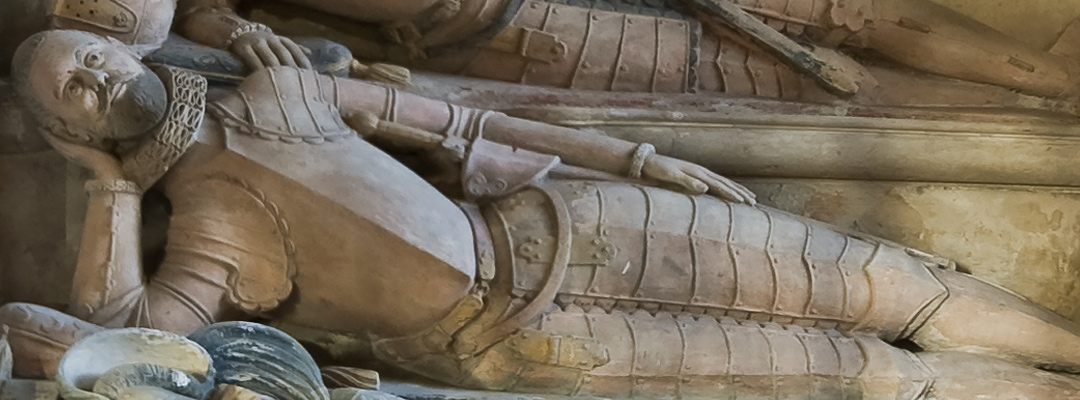Berry Pomeroy and the ‘Other’ Seymours
How an extravagant but unfinished castle tells a story of family rivalry and competitive housebuilding in 17th-century England.

UNFINISHED BUSINESS
Berry Pomeroy Castle in Devon is among England’s most romantic ruins. Most dramatic of all, especially when seen from the steep-sided valley below, are the towering masonry crags of the range begun in about 1600 by Edward Seymour II (c.1563–1613). It was intended to transform his modest Elizabethan country house into one of the grandest mansions in all of England.
But when the castle is viewed from the courtyard, it is clear that Edward’s grand designs came to a sudden halt. ‘Toothing’ on the stub of a west wing awaits a continuation never built, and an outcrop of uncleared bedrock juts untidily out within a few feet of the mansion’s showy frontage.
SHOW HOME
Edward didn’t do things by halves. At 64.9 metres long, his north range at Berry Pomeroy rivalled Longleat and Hatfield House, and was more than twice as long as the comparable façade at Audley End, Essex, the biggest mansion in early 17th-century England.
Running the whole length of its topmost storey, its long gallery exceeded in size those at Hardwick Hall or Hampton Court.
IDEAS ABOVE HIS STATION
All these great houses were built by very much richer people than Edward Seymour, though. Their builders were figures who could afford to spend much more than the £20,000 Seymour had spent on Berry Pomeroy when his cash ran out in 1610.
Edward was essentially a country gentleman of only modest means. So why did he embark on this ill-fated building extravaganza, on an unsuitably cramped site in a remote corner of England?
Perhaps because, but for a historic injustice, he would have been Duke of Somerset.
FAMILY MISFORTUNES
‘Protector Somerset’, brother of Henry VIII’s queen Jane Seymour, and Lord Protector of their son, Edward VI, was Edward’s grandfather.
Or was he? Somerset apparently suspected that his sons by his first wife (Berry Pomeroy Edward’s grandmother) were not really his. So it was to his children by his second wife that the family dukedom of Somerset descended, along with the bulk of the ancestral estates. Edward’s nominally ‘senior’ Seymour branch was left with Berry Pomeroy, and not a lot else.
DOWNFALL
On the fine monument to Edward in Berry Pomeroy church, an effigy points meaningfully to the inscription proclaiming his descent from Protector Somerset.
Dispossession clearly rankled. Ironically, it was a failed lawsuit to recover part of the family estates from the ‘other Seymours’ which apparently completed Edward’s financial downfall, preventing him from finishing his glorious new mansion.
He would no doubt have been relieved to know that the Berry Pomeroy Seymours won out in the end. When the ‘junior’ branch died out in 1750, the title and lands passed, at last, to Edward’s descendants. English Heritage’s current landlord for the castle is the 19th Duke of Somerset, a direct descendant of the Berry Pomeroy line.
By Charles Kightly
